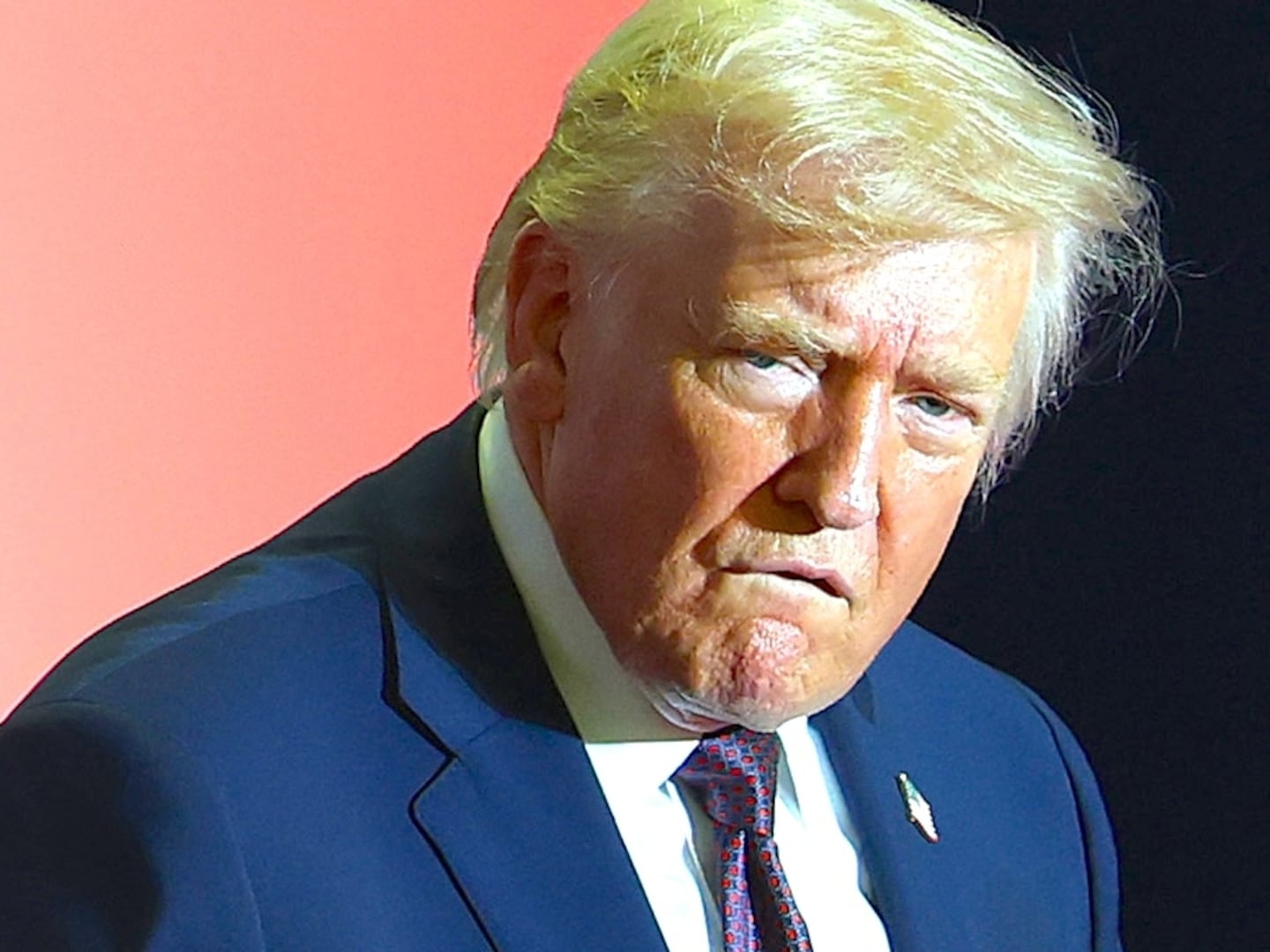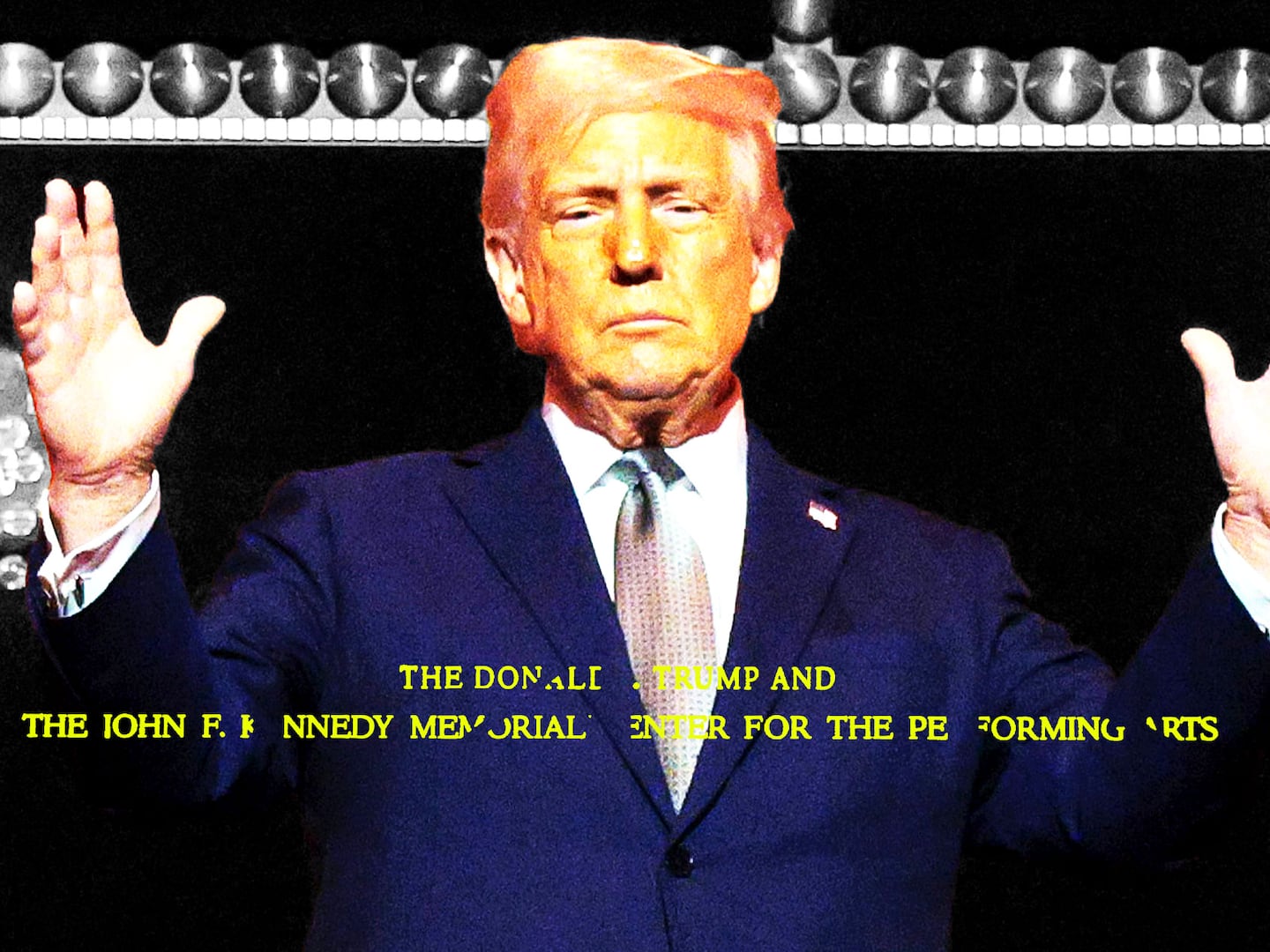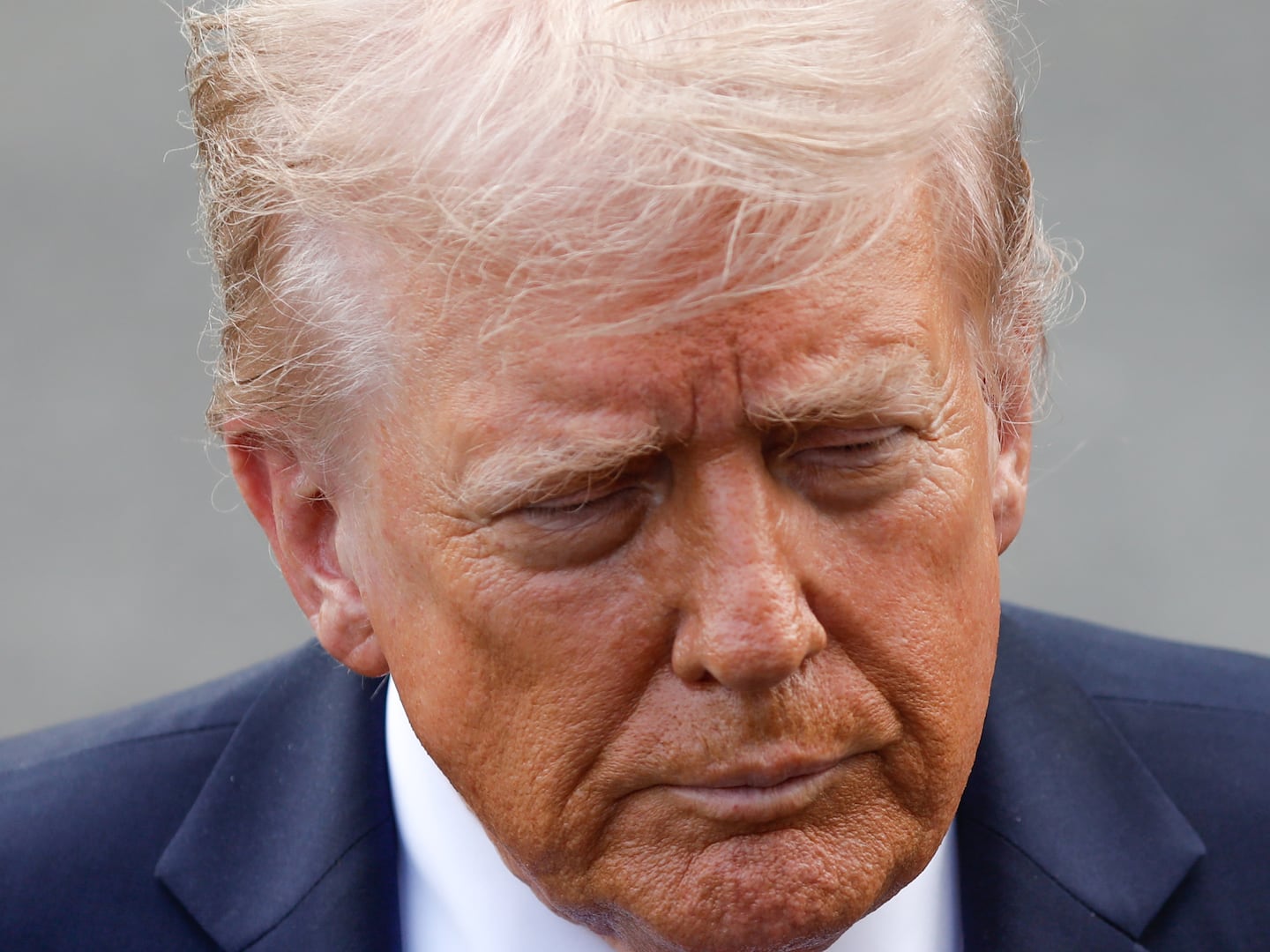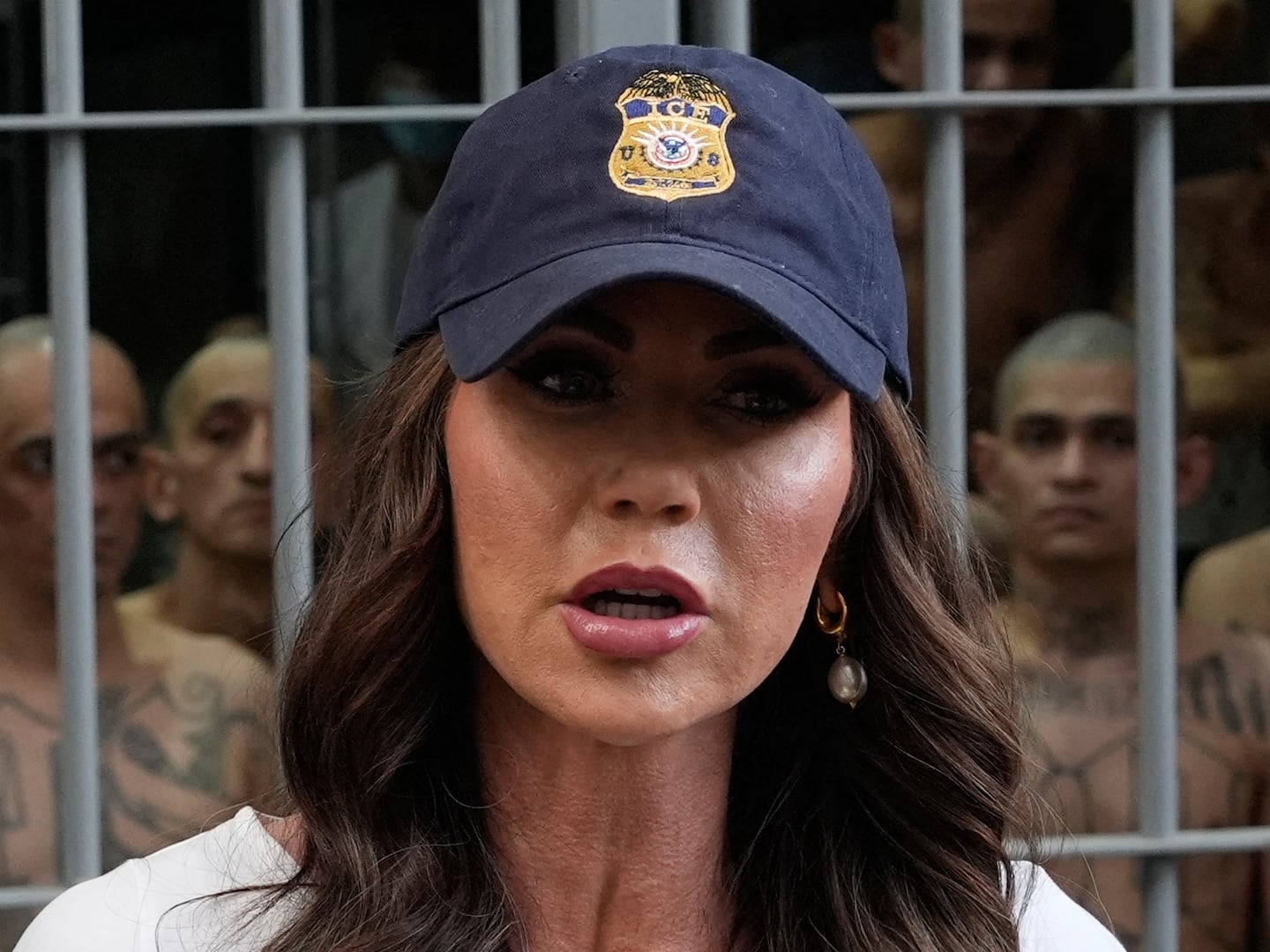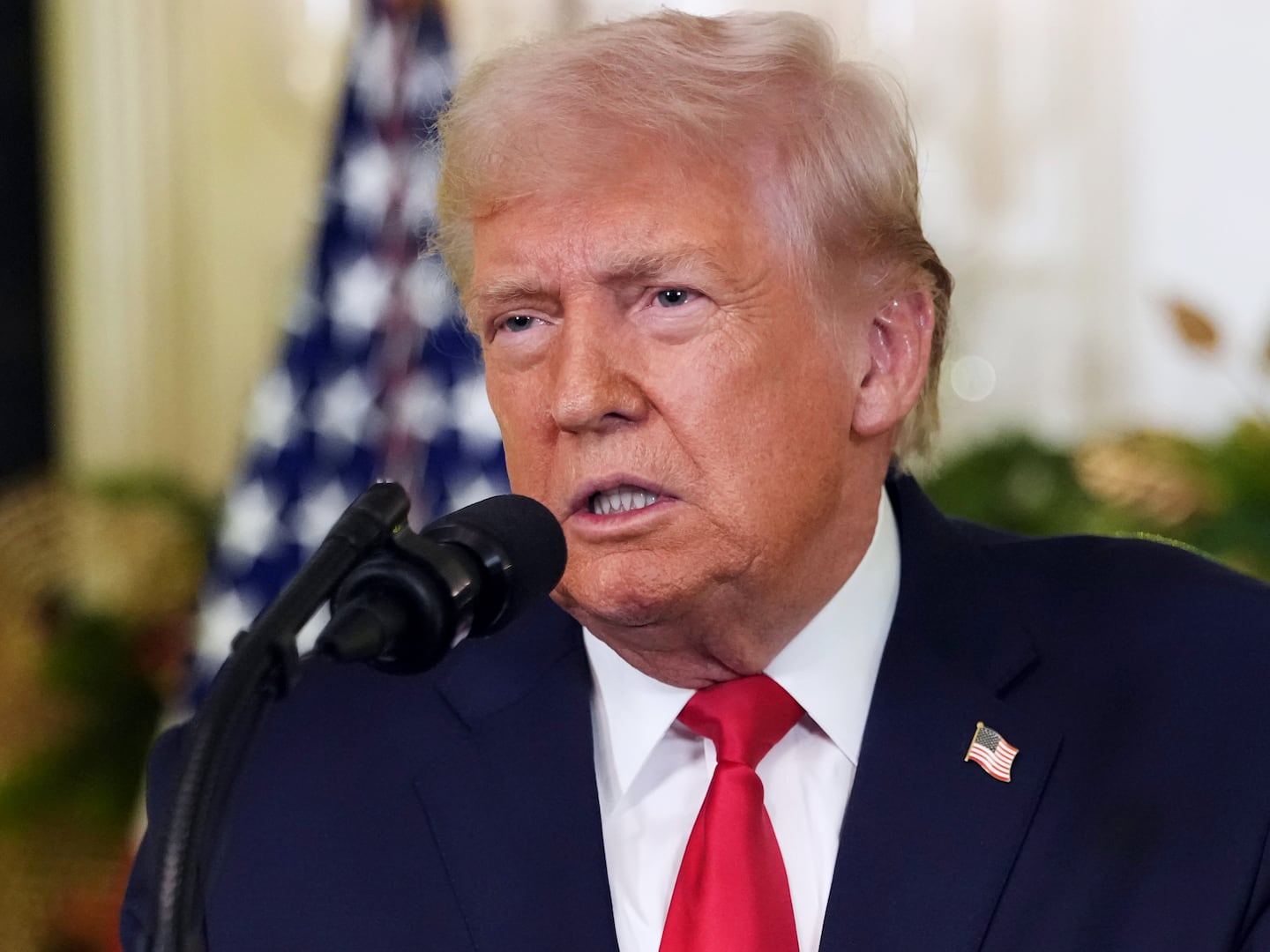The screams could not be heard from the street. The building, Prinz-Albrecht-Strasse 8, had previously been the Berlin School of Industrial Arts and Crafts and was too solidly insulated to reveal to passers-by the consequences of its new role as the headquarters of the Gestapo.
Inside was Hans Otto, an actor and member of the German Communist Party and chairman of the League of Workers’ Theater. One evening in 1933 he was picked up in a café by stormtroopers and taken to the Gestapo offices.
A few days later he was glimpsed by a fellow detainee for the last time: “He no longer was able to speak but could make only indistinct sounds…he was half naked and I could no longer recognize his face. His body was one bloody lump.”
Otto died shortly afterwards. He was 33.
Today you can visit the site of the Gestapo building, as I have done, although the school no longer exists – it has been replaced by the Topography of Terror, a museum that, as its name suggests, occupies the very ground in Berlin where the Nazi terror machine was initiated. (Prinz-Albrecht-Strasse no longer exists, either, it is now Niederkirchnerstrasse.)
When the Berlin Wall came down and the city, with the country, was unified Berlin recognized and formalized its guilt in directing Nazi atrocities by creating two searing places of pilgrimage, the Holocaust Memorial, a field of thousands of concrete slabs just south of the Brandenburg Gate and the Museum of the Jewish People, a building that has its own deliberate and visceral sense of entrapment as it records the extinction of millions of Jews, family by family, train load by train load.
But the Topography of Terror is equally important. It shows how many Germans were themselves victims of the terror and it is Germany’s own testament to the ghastly kind of efficiency that conceived and executed the nightmare.
The location of the museum was chosen two years before the Berlin Wall came down, in 1987, when it was still in East Berlin under communist control. Not far away and unmarked in a parking lot behind some new apartment blocks was the site of the bunker where Hitler committed suicide in 1945.
As the site was excavated the cellars of the former school, converted to prison cells by the Nazis, were uncovered. But prisoner interrogations did not take place there. They were conducted in the offices above.
That detail in itself struck me as I studied documents in the museum: this whole operation was, from its beginning to its end, run through a bureaucratic apparatus, with all the impersonal pedantry that that implies.
I leafed through fat spiral binders, the kind of files you might pull from a shelf in any office, and became chilled to the bone. They were the Gestapo’s commonplace bookkeeping, how many arrests made per day, neatly signed and counter-signed.
The torture – “intensified interrogations” in the official jargon – was recorded as a clerical exercise, carried out by those who became known as the schreibtischmorder, armchair murderers.
As ghastly as it was, the Gestapo apparatus was often merely a way station to death. Travel arrangements having been dutifully signed and counter-signed, prisoners were sent on their way to the concentration camps.
The first of those camps, Dachau near Munich, was opened 85 years ago this spring. In the first year about 4,800 people ended up in Dachau. They were the first wave of victims as Hitler set about eliminating all opposition. Many, like Hans Otto, were communists, trade unionists and social democrats, those who had most saliently and bravely fought the rise of the Nazis. There were also Jeovah’s Witnesses, Roma, homosexuals and those called, simply, “asocials.”
Very few of them were Jews. Those who were had the misfortune to fit into the assigned categories. Otherwise this was not the beginning of an organized genocide but the immediate purge of those Germans who were seen as most dangerous to establishing the new despotism.
Nonetheless individual groups of anti-Semitic thugs realized, correctly, that they were now free to attack Jews without restraint and there was an outbreak of very public attacks on Jews, some lethal, all over the country.
In response to the attacks on Jews there were calls in other countries, including the US, for a boycott of German products. The American, French and British governments did not support the boycott but Hitler, inflamed, ordered a counter-boycott of Jewish shops and department stores beginning on April 1.
In the event, there was only sporadic public support for the boycott and its enforcement was haphazard. It lasted for only a day. More sinister was a new law issued on April 7 to “restore professional bureaucracy” in which the civil service was to be purged of Jews. This was followed by a purge of Jewish doctors, lawyers and teachers.
Between July and October 1933 three other anti-Semitic laws were passed, the last one removing Jews from the editorships of newspapers.
The real shock of those early months in 1933 is to recognize how rapidly and easily German democracy was destroyed. Nobody has put it better than Ian Kershaw in his masterly biography of Hitler:
“Hitler was, in fact, in no position to act as an outright dictator when he came to office on 30 January 1933. As long as [President] Hindenburg lived, there was a potential rival source of loyalty – not least for the army. But by summer 1934, when he combined the headship of state with the leadership of government, his power had effectively shed formal constraints on its usage. And by then, the personality cult built around Hitler had reached new levels of idolatry and made millions of converts as the ‘people’s chancellor.’”
I have made several trips to Berlin out of a personal quest to try to better understand how this happened. And now it seems to me to have become more and more important because people of my generation, who grew up during World War II in Europe, live permanently in a peculiar state of heightened vigilance. We are clearly more sensitized to the persisting threat of fascism than those who don’t feel or understand the darkness with the same intimacy.
Even then, I’m reluctant to apply the Nazi analogy to the present because it so easily exaggerates the threat and, by doing so, strangely understates the real horrors of my childhood. But in several ways it does flash up salutary warnings for today, the first being that elites are not very good at rebutting excesses of power and preserving democracy.
After all, Germany was a nation with one of the world’s most widely respected intelligentsias, with centuries of leadership in literature, art, music, sciences, theological and political thought. Yet the universities and cultural elite articulated no effective opposition to Hitler and his thugs. They sat on their hands as what remained of the political opposition was systematically exterminated.
At the same time, the industrial leaders sensed new fortunes to be made in an arms race and the military leaders were either already signed up party apostles, like Hermann Goering, the creator of the new air force, or supine like the heads of the army and navy.
Four things prepared the ground for this capitulation.
The first was a disdain for elites of any kind, stirred up deliberately to encourage a sense of grievance in the masses of people who had suffered in the economic collapse of the 1920s and who viewed the flagrant decadence of Weimar Berlin as evidence of an urban elite (often portrayed as heavily influenced by Jews) that held too much sway.
The second was an understanding of the importance of a well-orchestrated propaganda machine. In the person of Joseph Goebbels Hitler discovered one of the great geniuses of modern political propaganda and, gaining control immediately of the national radio network, Goebbels infused the most pervasive new arm of the national media with the Nazi narrative of national rebirth under Hitler’s guiding vision of the Fatherland.
The third was putting into place all the apparatus of a police state in which the tasks of surveillance, intelligence and punishment were divided between the Gestapo and the state security service, the Reichsfuhrer-SS.
All this prepared the ground for the fourth and final step that would enforce total and unquestioning loyalty to the Fatherland: war.
Those four stages in the death of German democracy do not have any exact modern equal, either in the degree of their fanaticism or in the scale of the final catastrophe they produced, but there are elements that should be disturbingly familiar to us as precursors.
The disparagement of elites as imagined co-conspirators with the “deep state” was part of Donald Trump’s playbook from the beginning, and remains a familiar theme, reinforced by the bigoted chorus of Steve Bannon and Breitbart and, moving deeper into the shadows, by white supremacists.
Trump’s base was incubated and indoctrinated by what Andrew Sullivan has rightly described as a “full bore state propaganda channel” of the kind that Goebbels would have loved to have had at hand – Fox News.
While we are nowhere near approaching a police state we have readily succumbed to a degree of state surveillance of questionable legality on the basis that it is essential for national security.
And we have seen that by simply equating the launching of wars with the obligations of patriotism we get trapped into endless foreign conflicts with little hope of ever winning them, while feeding the military-industrial complex with billions and billions of dollars.
But it may well be that the real warning here is the reverse of what it at first seems to be, the emergence of a demagogue in the form of Trump.
Trump certainly has some of the instincts of a demagogue. He clearly loves strongmen to the point of idolatry. But he could actually be a weak man hiding behind the aspirations of a strongman. Ideologically he is a vacancy and intellectually he is, to say the least, weak and lazy.
That kind of weakness in a president is dangerous. George W. Bush was similarly weak and was led to disaster by a zealot, Dick Cheney, who gave us the Iraq war and the surveillance state. If John Bolton turns out to be Trump’s Cheney – he certainly has the ambition – the outcome could be the same, or even worse.
Indeed, a subtle form of proto-fascism has already infiltrated our lives. The torture of prisoners of war, voter suppression and the enforced deportation of immigrants all have large bodies of support as the concept of “normal” changes almost by the hour.
But most alarming of all, and another uncomfortable reflection of Germany 85 years ago, is that the people who should most immediately constrain this threat, the congressional leadership, are virtually silent accomplices. In fact, Mitch McConnell and Paul Ryan display a level of moral abasement that suggests that, even if they ever knew any modern history, they have forgotten it in the cynical pursuit of their political agenda.
That is how democracy dies, not with a bang but with a whimper.


